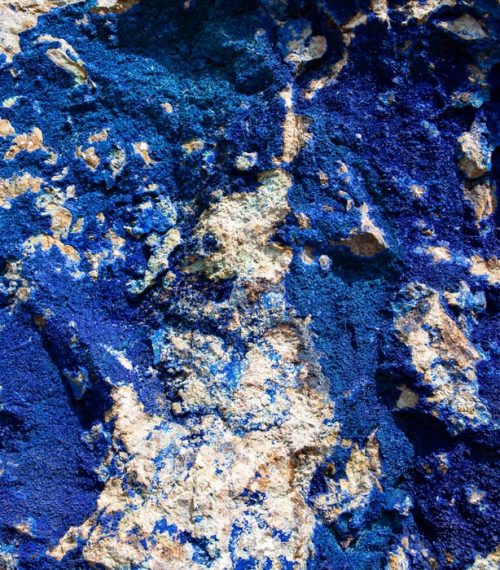why ION4RAW exists
Minerals are essential...
…to our modern lifestyle.
Minerals are omnipresent in the technologies we constantly use, from the electronics of our dematerialized life to our means of transport and the lighting of our houses!
Looking for a concrete example? Our smartphones vibrate thanks to tungsten, use gold to connect to the SIM card, tantalum capacitors to charge their battery, and indium-tin oxide-coated glass to recognize our fingerprint!
…for the transition toward a greener Europe.
Our move away from the use of fossil fuels and towards renewable energy sources is highly dependent on minerals. Current green technologies such as electric car batteries, solar panels, and wind turbines are all based on raw materials, creating new dependencies. But, an energy system powered by renewable energy requires more minerals than a fossil-based one. As a matter of comparison, an electric car requires 6 times more minerals than a conventional car!
…for European economic sustainability.
Since raw materials are essential to all European key sectors, the EU economic sustainability depends on this supply. Also, the economic growth of Europe and its competitiveness depend on mineral supply since many new business opportunities are based on minerals

Uses of minerals in European key sectors
Transport
Aerospace & Defense
Medicine
Energy
Agriculture
Electronics
Construction
And much more!

Why is it important to recycle minerals?
Lower Europe’s environmental impacts.
Europe’s environmental impacts caused by its foreign imports and mining can be decreased through the recycling of waste containing minerals. Indeed, several European countries are starting (or restarting) mining operations to supply these raw materials while many of them can be found in waste produced from mining activities, as well as from landfills across the EU!
Lower Europe’s dependence on foreign export.
Due to the high level of natural concentration in particular regions of the globe, such as China, for instance, Europe is naturally highly dependent on foreign imports for minerals. But in this context, geopolitical issues could heavily affect Europe’s supply, lead to price volatility, and impact market changes. Therefore, securing reliable and unhindered access to certain raw materials is a growing concern within the EU. With this goal in mind, relying more on recycled minerals would decrease Europe’s foreign dependence.
Why is it essential to maximise the recovery of metal obtained as by-products from primary sources ?
When a metal is obtained largely or completely as a by-product, its exploitation is dependent on the availability of the primary source. If disparities in the demand between the by-product and the primary product appear, supply can be affected and price can fluctuate widely. In that regard, in order to minimize supply risks, we need to maximize the recovery of metal, largely or completely obtained as by-products of primary sources.
For example, indium is produced as by-product of zinc. Demand for indium expanded significantly over the past few decades, especially with increased demand for flat panel displays that use indium tin oxide. The primary production of indium thus increased a staggering 1675% from 1975 to 2012, whereas for zinc it increased by a more modest 231% over the same time period.
The supply was only possible because of enhanced recovery of indium from zinc-dominant ore.
The primary production of indium increased a staggering 1675% from 1975 to 2012, whereas for zinc it increased by a more modest 231% over the same time period.

